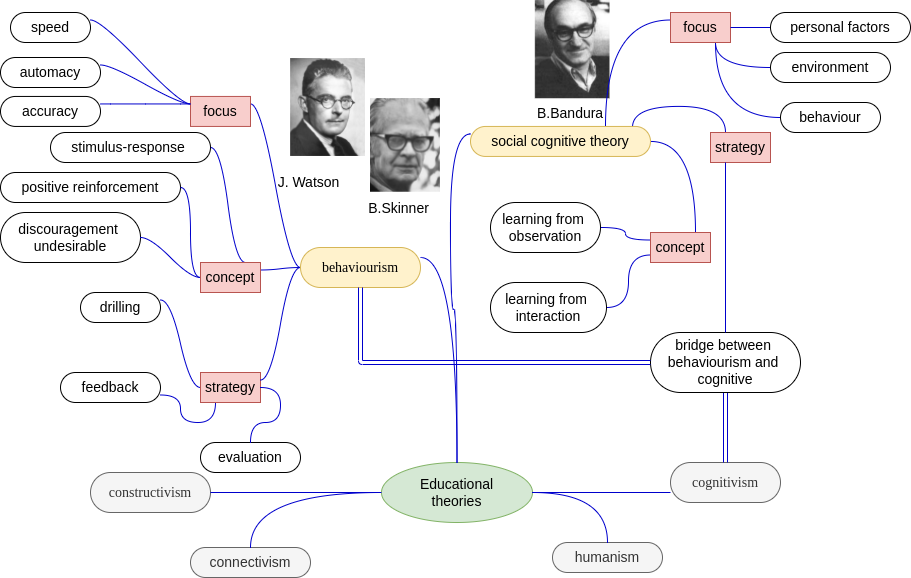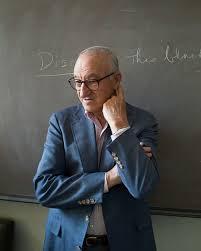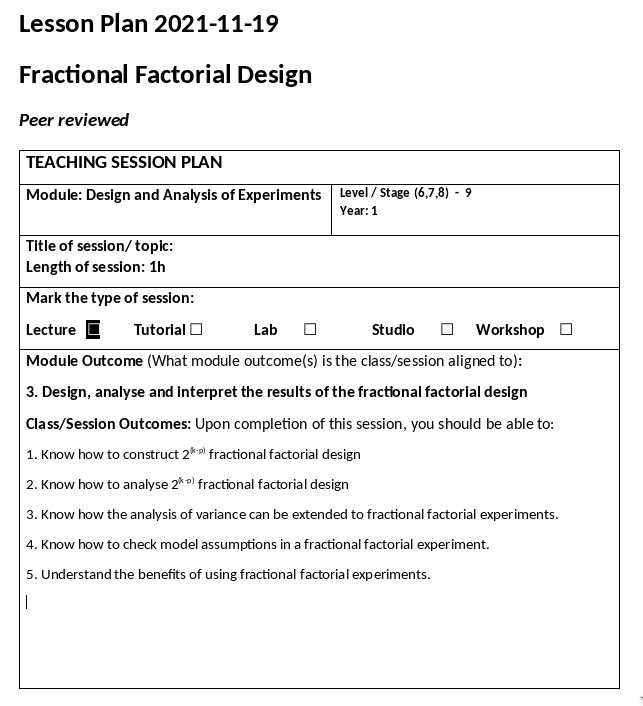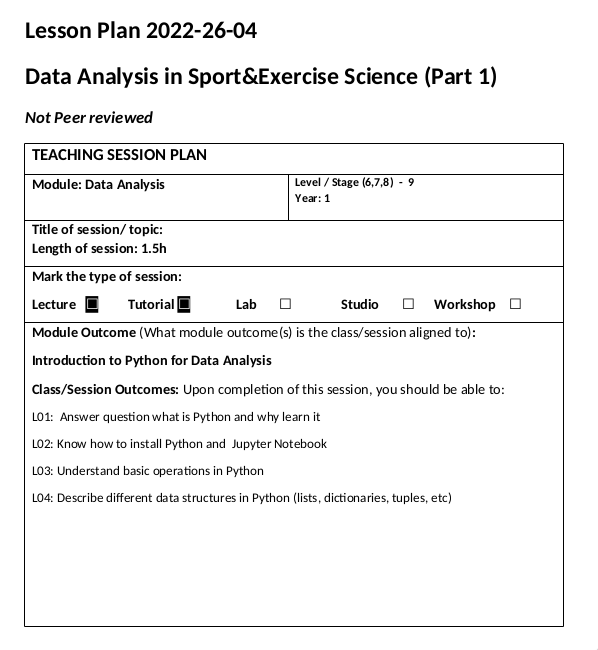The term `philosophy statement' is defined here as a philosophical framework of
values, goals
and beliefs reflecting my personal approach to teaching and student learning and
incorporating a
justification for why I teach the way I teach. Through writing statement, I will
`engage in deep
reflection, create a vision and purpose for my teaching and set priorities' (Caukin,
2017). A
statement of teaching philosophy is a cornerstone of reflective practice in teaching
and
learning and a requirement of applicants to academic, teaching positions or tenure
tracks.
A personal teaching philosophy is very important as the process offers
an opportunity for developmental reflection (Beaty et al, 2009).
While working throughout the essay towards my personal philosophy statement I
realised the
inherent complexity of this task and appreciated how it shaped my thinking towards
my
professional values, beliefs and goals. I discovered that my philosophy on
teaching
practice is
deeply embedded in behaviourism and
social cognitive theory. I believe people learn better when they are motivated to
learn, which
can be achieved through positive (or negative) reinforcement according to
behaviourist theory.
This approach, in combination with social environment and role models as in social
cognitive
theory, can be very effective. Subconsciously, I have always applied and still
apply
a blend of
these theories to my own learning by constantly looking for new sources of
motivation and role
models but without being able to verbalise it. I found out that situated learning
can be very effective: student obtain
most of their
knowledge from challenging experiences and assignments. Finally,
I
am convinced
that inspiring others to learn is one of the most important qualities of the
teacher
and I am
aiming to reflect upon this in my teaching style.
-
Caukin, Nancy G., Brinthaupt, Thomas M. (2017). Using a Teaching Philosophy
Statement
as a Professional Development Tool for Teacher Candidates, International
Journal for the
Scholarship of Teaching and Learning, v11 n2
-
Beatty JE, Leigh JSA, Lund Dean K. (2009). Finding Our Roots: An Exercise
For Creating a
Personal Teaching Philosophy Statement. Journal of Management Education.
33(1):115-130.
doi:10.1177/1052562907310642









